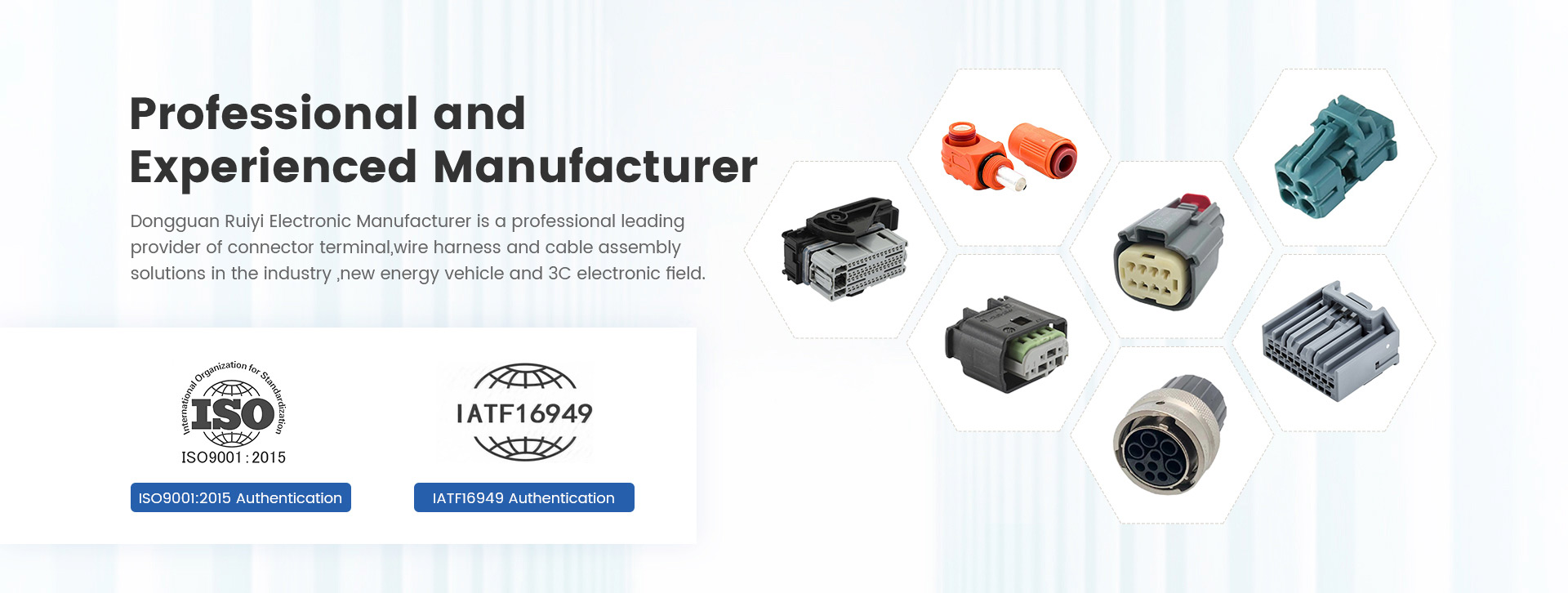In the wave of the digital age, USB Type-C Data Cables have quickly become a bridge connecting various electronic devices with their unique design and excellent performance. However, with the expansion of its application scope, compatibility issues have gradually surfaced. This article will delve into the compatibility of USB Type-C data cables, analyze the challenges involved, and propose corresponding solutions.

1、 Compatibility Overview of USB Type-C Data Cable
The USB Type-C data cable, with its symmetrical design on both sides, makes insertion and removal more convenient, greatly improving the user experience. At the same time, it supports higher data transfer raTes and charging power, meeting the speed and efficiency requirements of modern electronic devices. However, it is these characteristics that pose many compatibility challenges for USB Type-C data cables.
Firstly, the level of support for USB Type-C data cables varies among different devices. Some devices may only support specific USB versions or transfer rates, while others may have broader compatibility. Therefore, when choosing a USB Type-C data cable, users need to ensure its compatibility with the device to avoid potential issues.
Secondly, there may be differences in performance and quality among USB Type-C data cables of different brands and models. Some low-quality cables may not provide stable data transmission and charging effects, and may even cause damage to the equipment. Therefore, when purchasing USB Type-C data cables, users should choose reputable brands and channels to ensure their quality and performance.
2、 Compatibility challenges for USB Type-C data cables
The difference between protocol version and speed
The USB Type-C data cable covers various protocol versions and transfer rates, such as USB 3.0, USB 3.1, USB 4, and so on. Data cables with different protocol versions and speeds have differences in performance, so users need to consider the actual needs of the device when choosing. However, due to the existence of multiple different protocol versions and speeds of data cables in the market, users often find it difficult to determine their compatibility when purchasing.
Differences in device interfaces
Although the USB Type-C interface has a unified standard, there may be differences in interface design between different devices. For example, some devices may use special interface designs or connection methods, which prevent regular USB Type-C data cables from directly connecting. In addition, some devices may require specific adapters or converters to connect to other interfaces.
Differences in power supply capacity
The USB Type-C data cable supports charging power of up to 100W, but the power supply requirements vary for different devices. Some devices may require higher charging power to achieve fast charging, while others may only require lower power. Therefore, when choosing a USB Type-C data cable, users need to consider the power supply requirements of the device to ensure that it can provide sufficient charging power.
3、 Strategies to address compatibility issues with USB Type-C data cables
Understanding the compatibility between devices and cables
Before purchasing a USB Type-C data cable, users should understand the interface type and performance requirements of the device. By viewing the device manual or official website, users can obtain information about device interfaces and performance requirements. At the same time, users can also view the specifications and performance parameters of the cable to ensure its compatibility with the device.
Choose legitimate brands and channels
USB Type-C data cables from legitimate brands and channels usually have better quality and performance assurance. Users should choose well-known brands and legitimate channels when purchasing to avoid purchasing low-quality or counterfeit products.
Using adapters or converters
To address the issue of differences in device interfaces, users can use adapters or converters to achieve connections between different interfaces. These adapters or converters can convert USB Type-C interfaces to other types of interfaces, thereby expanding the range of cable usage.
Pay attention to the maintenance and upkeep of cables
Proper maintenance and upkeep can extend the service life of USB Type-C data cables and improve their performance stability. Users should pay attention to avoiding excessive bending or pulling of cables during use, and regularly clean the interfaces and plugs to maintain their good working condition.
4、 Future outlook
With the continuous progress of technology and the continuous development of the market, the compatibility issue of USB Type-C data cables is expected to be better solved. In the future, we can look forward to the following developments:
Unification of protocol version and speed
With the continuous evolution and improvement of USB standards, there may be more unified and efficient protocol versions and speed standards in the future. This will help reduce performance differences and compatibility issues between different cables, and improve the user experience.
Standardization of device interfaces
With the popularization of USB Type-C interface and the expansion of its application scope, there may be more devices adopting a unified interface design in the future. This will help simplify the selection and use process of cables, and reduce the purchasing and usage costs for users.
Optimization of power supply capacity
With the continuous advancement of charging technology, the power supply capacity of USB Type-C data cables may be further improved in the future. This will help meet the needs of more devices for fast charging, improve charging efficiency and convenience.
The compatibility issue of USB Type-C data cables is a complex and important issue. By gaining a deep understanding of the interface types and performance requirements of the equipment, selecting legitimate brands and channels, using adapters or converters, and paying attention to cable maintenance and upkeep, we can effectively solve these problems and improve the effectiveness of cable usage. Meanwhile, with the continuous progress of technology and the continuous development of the market, we have reason to believe that the compatibility issues of USB Type-C data cables will be better solved in the future.


